In 1969, when the Open University first opened its doors, the average life expectancy in the United Kingdom was 71.8 years (World Bank, 2018). Half a century later in 2019 when the ‘University of the Air’ is celebrating its 50th birthday, the average number of years that a person is expected to live for has increased to 81.05 years (Sanders, 2018). As the Open University looks to flourish for the next 50 years, can we increase our life expectancy even further?
Physical inactivity is one of the major risk factors for disease and despite this, as people get older and their risk of disease increases, they become less active (Scholes, 2017). As well as having the potential to extend life, physical activity can increase energy, mood, and overall quality of life (Physical Activity Guidelines Advisory Committee [PAGAC], 2018) and therefore should be prioritised with age. If you are close to your 50th birthday, three types of exercise are recommended to achieve these benefits
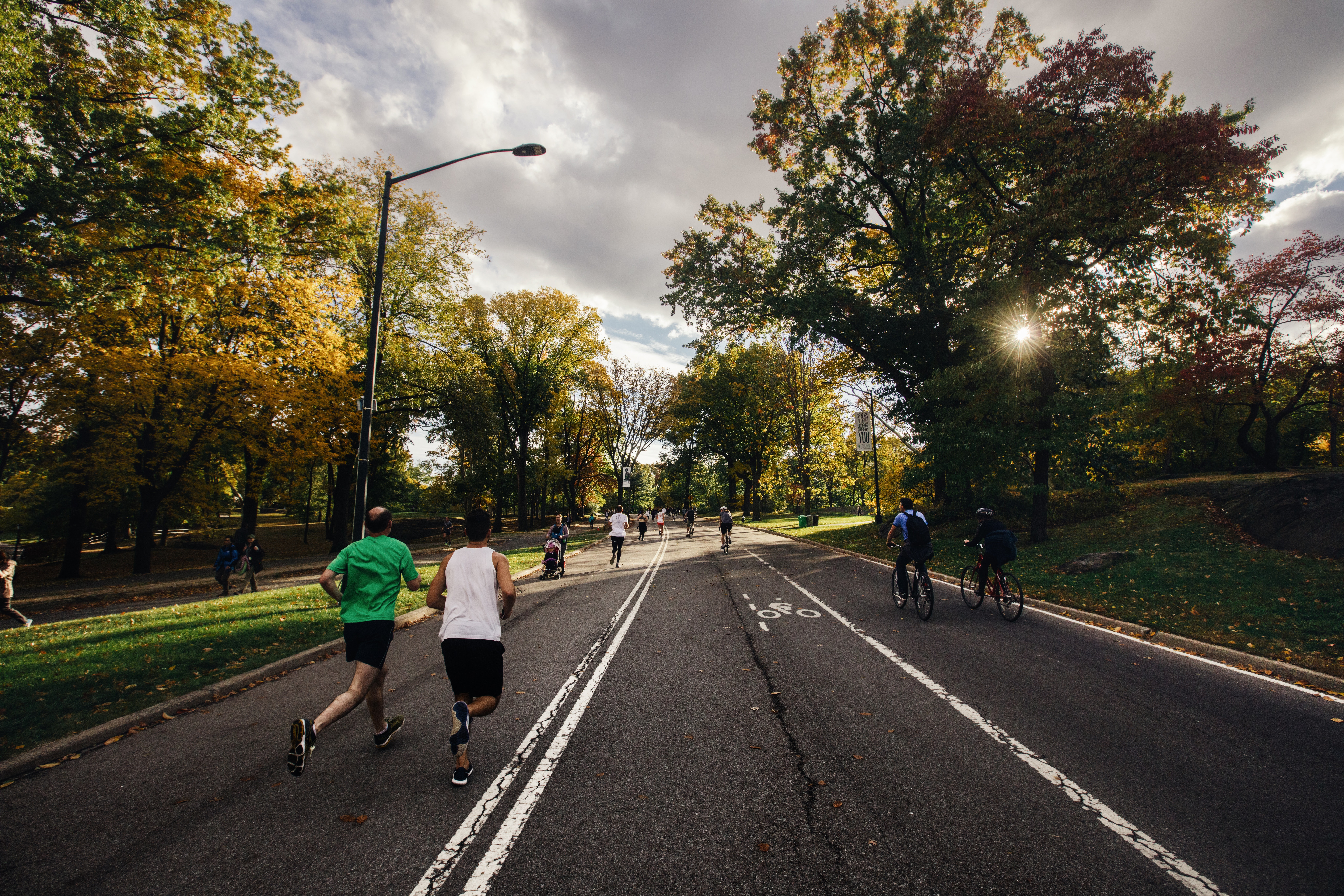
Cardiovascular exercise
Cardiovascular exercise (rhythmical exercise that uses large body muscles and raises your heart rate) can be considered the most important form of exercise because it prevents most diseases that advancing age is a risk factor for; obesity, diabetes, atherosclerosis, hypertension and cardiovascular disease (PAGAC, 2018). Cardiovascular exercise can not only reduce the risk of disease, but it can also reduce the symptoms of those suffering with atherosclerosis, hypertension and cardiovascular disease (CVD). Regular aerobic activity improves the cholesterol profile and strengthens the heart to reduce cardiovascular stress. Additionally, cardiovascular exercise can reduce body fat, increase muscle and boost your metabolism, which slows with age. This helps prevent and treat obesity and type II diabetes (2 more risk factors of CVD) (PAGAC, 2018).
To achieve these health benefits, the Department of Health (2011) recommends that you complete 150 minutes of moderate intensity exercise a week. Moderate intensity is exercise that elevates your heart rate to 64-76% of its maximum, leaving you feeling slightly out of breath but still able to hold a conversation (e.g. housework, gardening, walking, cycling). If you are new to exercise, or have a medical condition, build up slowly to these recommendations by starting with 10 minutes of light exercise per day. If you are already a regular exerciser, you can complete 75 minutes of vigorous intensity (77-94% of maximum heart rate - out of breath and difficult to maintain a conversation) exercise per week or a combination of moderate and vigorous activity.
Strength training
Strength training (exercise incorporating a resistance) is vital to prevent the reduction in muscle mass and strength that occurs with age. Reduced strength can lead to a reduction in the ability to perform daily activities (e.g. climbing stairs, carrying shopping) without fatigue. Additionally, from 40 years of age, bone mass decreases by approximately 0.5% per year which can lead to osteoporosis (low bone mineral density) particularly for females following the menopause (Kohrt et al., 2004). Strength training can limit the loss of bone density and strengthen the integrity of the joints offering more support and less risk of injury. Additionally, over time, joint supporting tissues (ligaments and tendons) lose their elasticity and the tissues within our joints (collagen and cartilage) lose their fluidity and strength. This degeneration of the joint tissue can lead to joint stiffness, reduced range of movement and pain (osteoarthritis). Although cardiovascular exercise may improve the health and fluidity of the joints, strength/resistance training will strengthen the joint structure and preserve function.
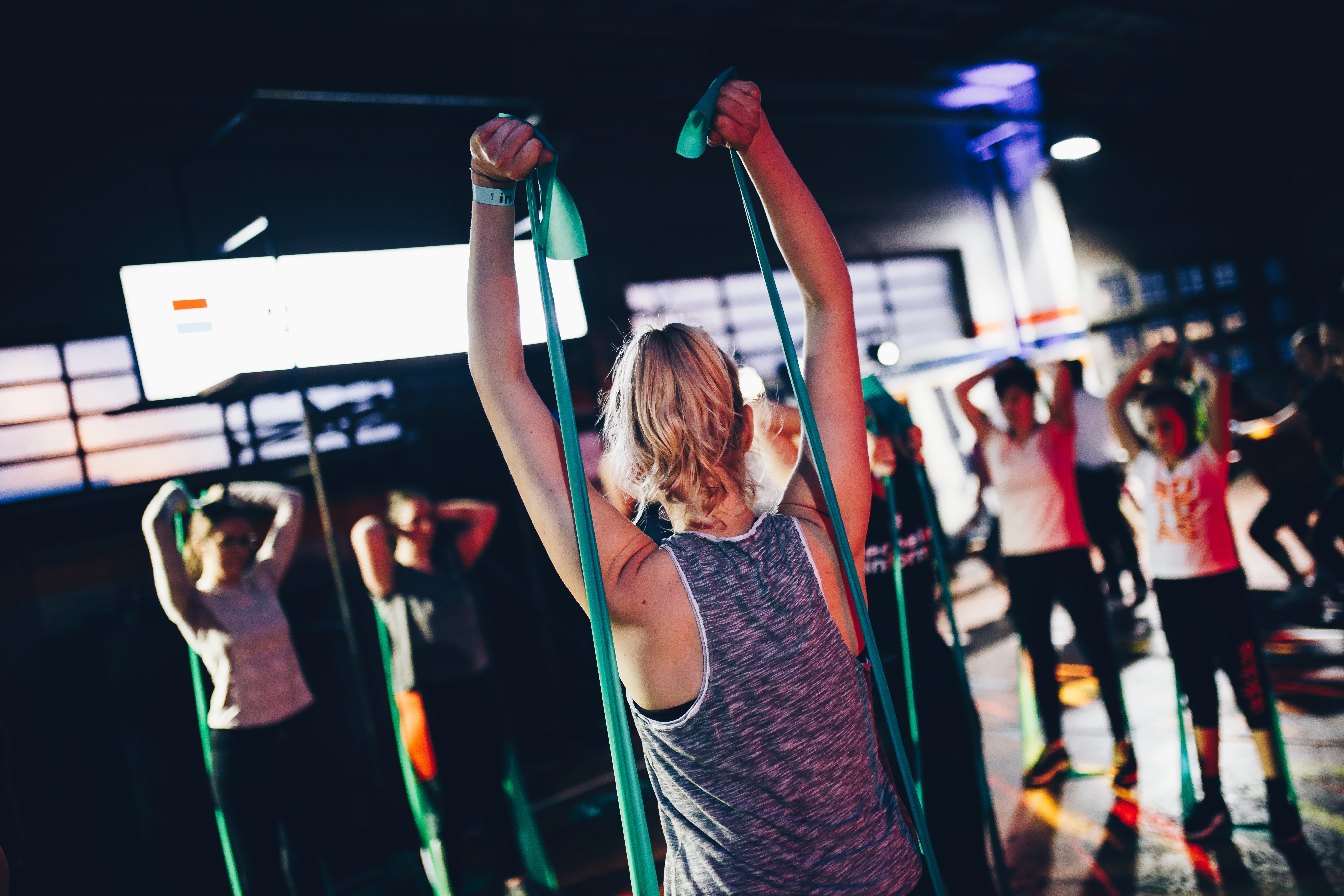
Weight-bearing exercise, incorporating full range of movement, will promote strong and healthy joints. To maximise the benefit from weight-bearing exercise, chose exercises related to daily activity. For example, squats replicate the joint and muscular movements of sitting to standing, step ups replicate climbing stairs and bicep curls imitate lifting and carrying. At least 1 set of 8-10 exercises (incorporating the major muscle groups), using 8-12 reps should be performed twice a week (PAGAC, 2018).
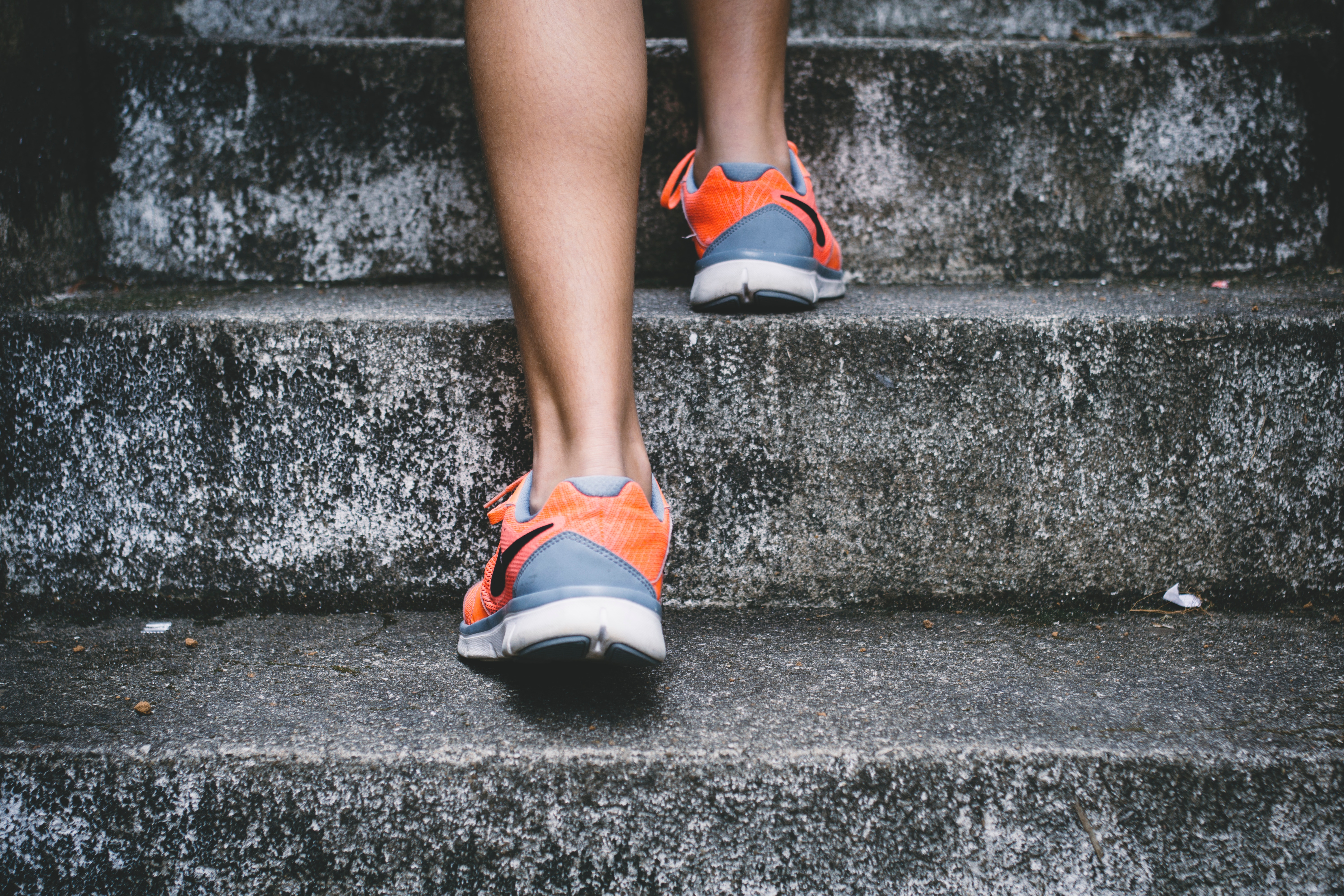
Core/postural training
The prevalence of low back pain increases with age and good posture can prevent several back related problems: scoliosis, kyphosis, lordosis, breathing difficulties, neck, shoulder and back pain (Penn, 2016). Additionally, long term low back pain is associated with reduced quality of life, low mood, anxiety, stress and depression (Matthew et al., 2013). Good posture is important because having your body in the correct position will minimise the level of stress that is placed on the supporting structures of the musculoskeletal system; muscles, ligaments and joints (Penn, 2016).
When performing any form of exercise, you should aim to hold your body in the best posture (e.g. head up, shoulders back and down, neutral spine). Pilates type exercises are great for educating on the correct posture whilst strengthening the core musculature that surrounds and protects your spine. As strength-based exercises, training should be performed at least twice a week. However, you can work on achieving good posture by thinking about it more regularly.
In summary, as we get older we need to focus more on physical activity to increase our life expectancy. At 50 years of age, incorporating more physical activity into your routine will give you more energy, make you happier, provide a better quality of life and help you to live for longer. All you need to do is reduce your sedentary time and become more active.
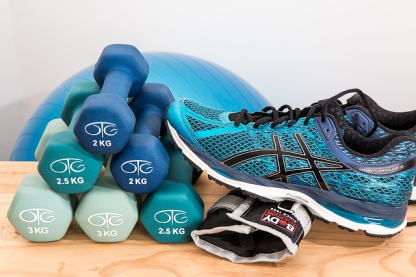

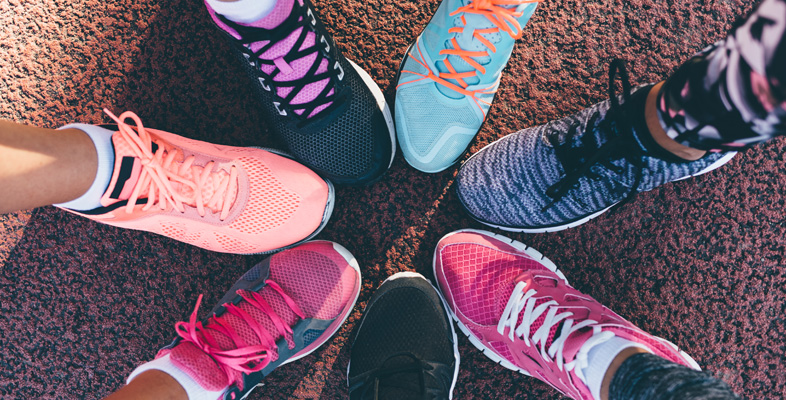
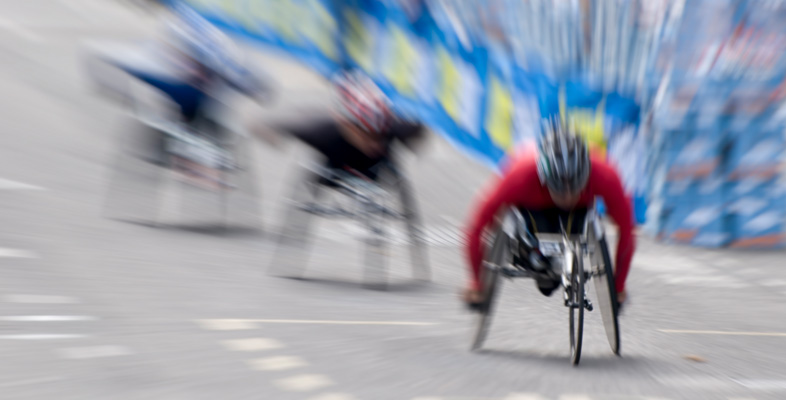

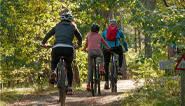

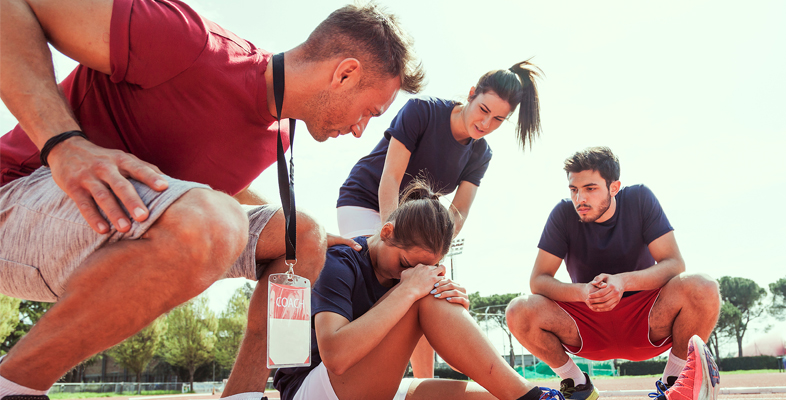
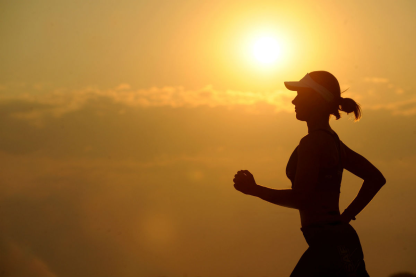
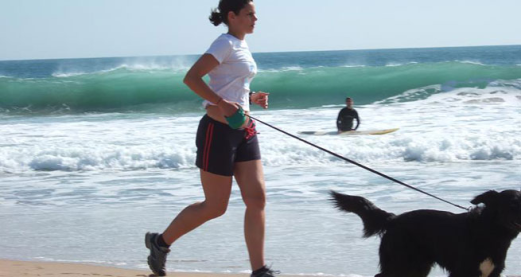

Rate and Review
Rate this article
Review this article
Log into OpenLearn to leave reviews and join in the conversation.
Article reviews